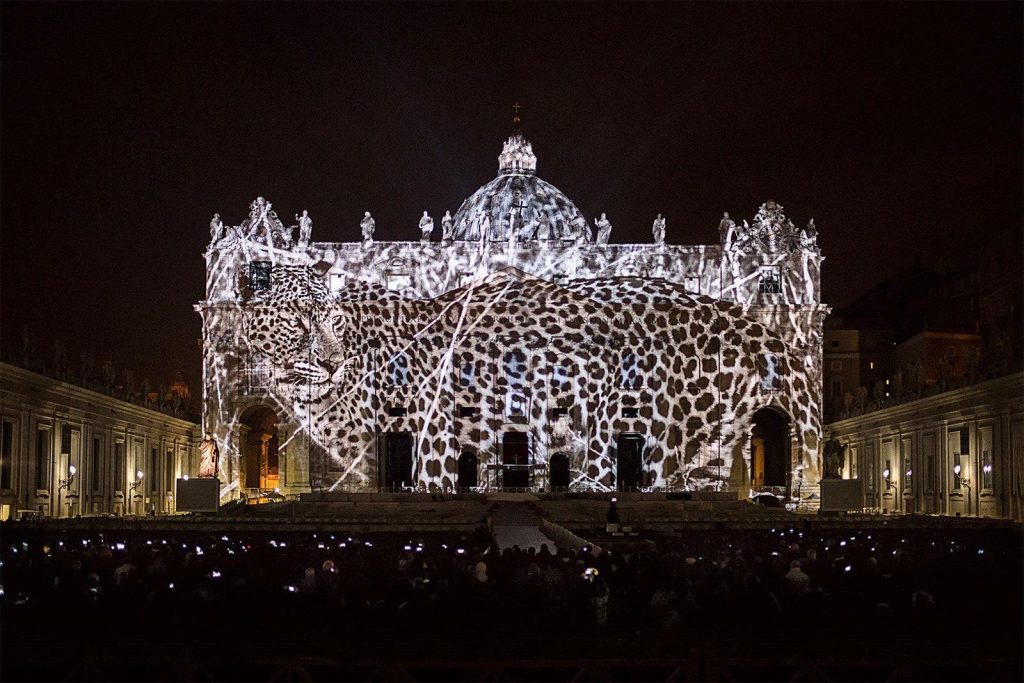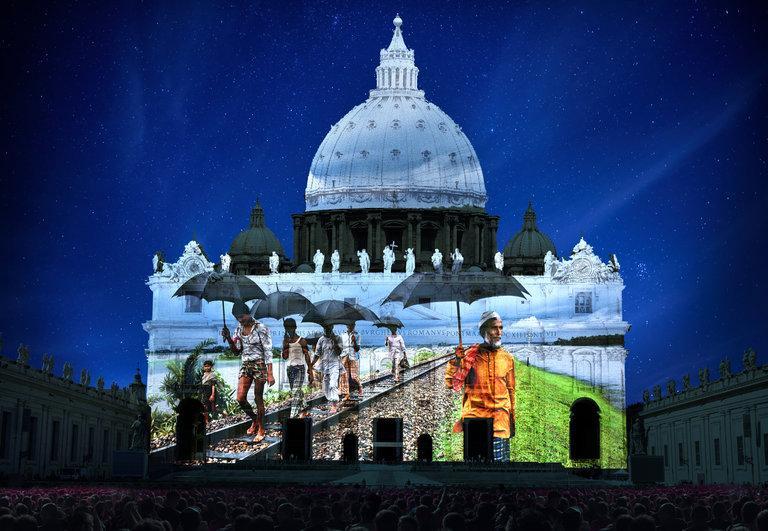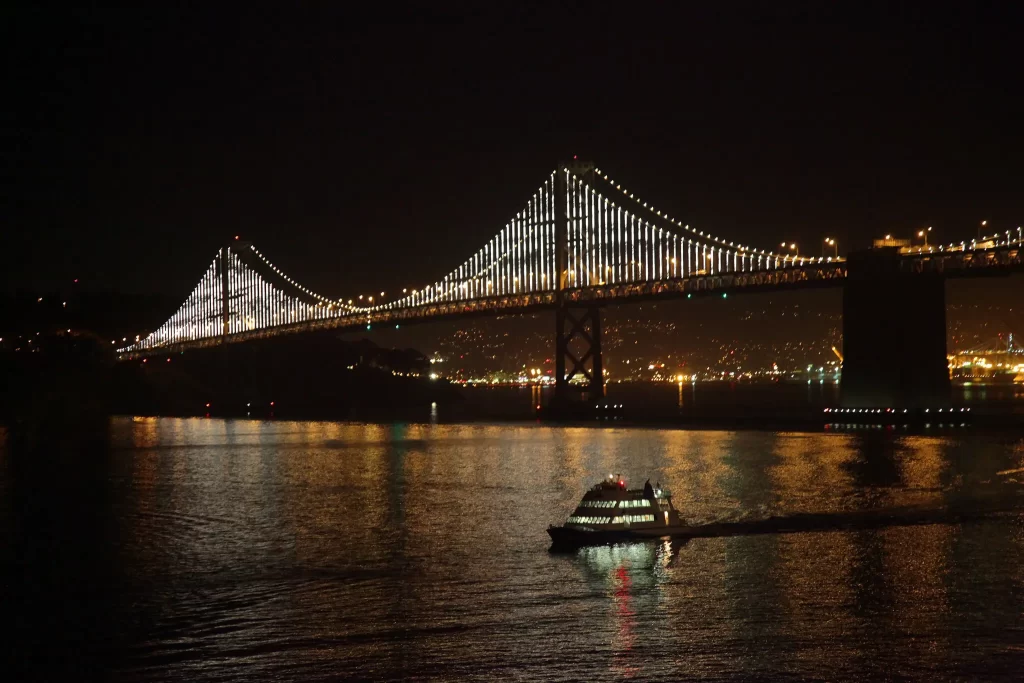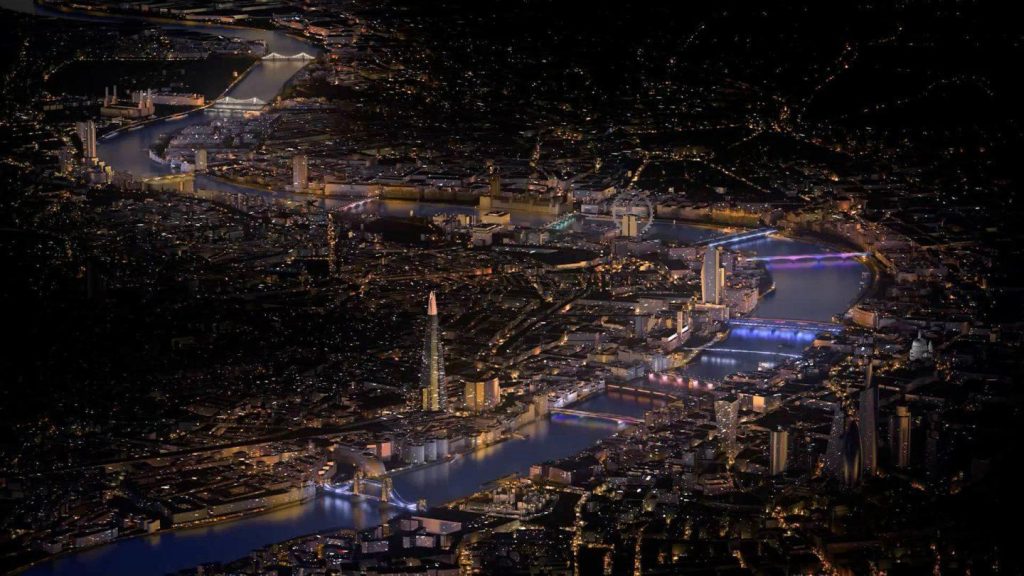The Challenge of Recognizing Art’s Grandeur in Immersive Technology
In the ever-evolving landscape of immersive technology, Act 3 of our series “Immersive Realities: Art of the 21st Century?”, this article, ‘The Challenge of Recognizing Art’s Grandeur in Immersive Technology,’ delves into the complex intersection of art, culture, and technology, examining how brave outliers are pushing boundaries to create profound and authentic experiences in the immersive realm.
There have been some very brave outliers in the world of art and culture who have advanced immersive experiences, innovating in site-specific work using digital technology to go much deeper into the context of culture and place. In the 2000s, there was a profound push to showcase technology in public spaces to engage a new audience and leverage the magic of digital to convert a market to its value. It was also a time when artists were finally being financially supported to show the digital innovation they had been developing away from the public eye for a decade.


Obscura Digital, The Vatican “Fiat Lux: Illuminating Our Common Home”
Obscura Digital was a pioneer of blending the boundaries between art and technology and architecture for over 20 years (they were acquired by Madison Square Gardens Company in 2017 creating the original design of The Sphere). The team pioneered digital mapping on massive structures like the Vatican and Carnegie Hall, and their original IP and tech innovation set the groundwork for hundreds of projects around the world. Their work brought digital mapping to architecture/site-specific events, helping to physicalize the then very abstract idea of VR/AR.
Fiat Lux was a public art projection on the facade of St. Peter’s timed to coincide with the 2015 climate talks in Paris. It also aligned with Pope Francis’ statements about Climate Change as well as the inauguration of the Roman Catholic Church’s yearlong Jubilee of Mercy. Yet, the relationship between The Vatican and Obscura Digital was deeply collaborative and raised the use of art (and digital technology) as a means to influence cultural change. Travis Threlkel, Founder and Chief Creative Officer of Obscura Digital told the New York Times:
“ ‘For them (The Vatican), it was in line with what the church has always done, working with artists’ throughout history, ” he said. ‘Today, using technology and media is the church’s way of being active in the art world.’ ”
In the case of The Vatican’s Fiat Lux, Obscura Digital was early to explore the global climate impact on all species projected onto its historically loaded and complex structure. The work still stands as both a celebration of place, while also being a deeply humanist installation that brought the beauty of animals going extinct to a humanist-leaning Vatican. Really, when one looks at the work of Obscura Digital projected onto the Vatican, one wonders how it was not put into the permanent collection – somehow! The work is staggering and makes you see the building and all it is meant to serve, in a new, powerful light.
The installation catapulted the issue of Climate into a world dialog, and also brought this painfully modern issue to the canvas of Rome; a place generally seen as one of antiquity. Millions saw the installation, and quite literally ignited a new light onto the Catholic Church. Obscura DIgital went on to work with dozens of countries to create moments of value that seared images into the audience’s minds. What is also striking, and important, is that this project was truly for the public.
We spoke with Threlkel, now the Partner and Chief Creative Officer of Minds Over Matter, to reflect on his work with immersive experiences, and asked him if he feels like an artist or a technologist when it comes to his work:
“I feel I am being an artist because technology is just a tool. You become a technologist in this work because you can’t get what you need at the store. You have to create the tech for the very specific art of the experience you are making. I don’t think people really care what the technology is that we use! Most people are not gearheads, and the average person cares only about what the experience is making them feel, and what the audience, those around them, feel.”
When pressed how this need to feel is presenting itself now, in this moment of 2023, Threlkel was emphatic:
“We are living in the Experience Economy and it is a younger person’s economy. The Harvard Business Review has been tracking this for years and it’s even more true today. Gen Z wants something less materialistic in life, they want immersion. Look at The Museum of Ice Cream, people will wait around the clock, hours and hours, for that experience – of ice cream – it’s not even technology, but the community of feeling is an experience – and memory is its content. Young people want to feel, not shop. They want to know something has impacted them. They want to feel.”
In examining Generation Z’s inclination towards immersive experiences, it’s crucial to recognize the diversity that characterizes this generation’s cultural consumption. While a significant segment gravitates towards cutting-edge technologies in art, it’s equally important to acknowledge those within Generation Z who find value in more conventional forms of artistic expression.
Within Generation Z, shaped by digital native tendencies, the enthusiasm for immersive technologies is palpable. Yet, this overarching narrative hides the nuanced preferences that emerge based on cultural backgrounds, socio-economic factors, and individual experiences. To gain a more comprehensive understanding, exploring how these elements influence engagement with immersive art becomes imperative.
Cultural backgrounds, with their rich tapestry of traditions and perspectives, play a pivotal role in shaping preferences. Whether immersed in the digital realm or rooted in conventional art forms, Generation Z’s diverse cultural influences contribute to a spectrum of tastes within the immersive art landscape. Socio-economic factors further accentuate these differences, influencing accessibility and exposure to the technologies that underpin immersive experiences.
Individual experiences within Generation Z are also key determinants of their artistic inclinations. While some find resonance in virtual reality installations, others may draw equal satisfaction from more traditional art forms. This individual agency challenges the notion of a uniform preference for immersive experiences, underscoring the importance of recognizing and celebrating the unique intersections of technology and tradition within the generation.
However, as Generation Z embraces experiential “consumption”, it’s crucial to tread carefully. There is a potential ethical concern of an overreliance on technology for cultural consumption. Striking a balance between innovation and a holistic approach to cultural engagement ensures that immersive experiences resonate authentically with the diverse preferences within Generation Z. This delicate equilibrium fosters an inclusive cultural landscape that embraces both the traditional and the avant-garde, reflecting the dynamic spirit of Generation Z’s artistic exploration.
Another important project that explored the feeling of a city is The Bay Lights, one that celebrated the iconic Bay Bridge connecting Oakland and San Francisco. World-acclaimed artist Leo Villareal created the innovative LED project that, remarkably, would cost only $30 USD a day to manage. The project had a brilliant partner in the workers on the bridge who helped to install and oversee the health of the project. However, after a decade of being a part of the vibrant landscape of San Francisco, the LEDs needed to be replaced based on the harsh exposure.
Paradoxically, San Francisco, a hub of digital technology and innovation, did not provide the long-term, enthusiastic support that the project had anticipated. The growth of tourism to the bridge, the gathering of people to feel the impact of the Bay, the new restaurants that opened along the Embarcadero, and the global coverage for the artwork did not suffice to convince the city to extend the installation (financially or creatively). From our point of view, this constitutes a missed opportunity to use artwork to drive the value of the city and play an active part in the city’s cultural landscape. More importantly, the city did not embrace the authenticity of the moment: when technology, in a city built on silicon and its bits and bites, supported the artists and audiences that have adopted it.

The Bay Lights, San Francisco
Although the project raised close to $8 million USD in a crowd-funding campaign to try to keep The Bay Lights alive, the city failed to recognize its cultural and artistic significance. The Bay Lights, an evocative contemporary artwork, was unfortunately dismissed as a mere light show, and was snuffed.
Yet, the city of London embraced this concept and brought Villareal to London to create Illuminated River for the bridges on the River Thames. London put its full support into the project integrating major infrastructure players into the project including Transport for London and Network Rail, as well as organizations such as Historic England, the London Wildlife Trust, and the Royal National Lifeboat Institution. It was then fully funded by private philanthropists (with the backing of the Mayor of London) including Arcadia – a charitable fund of Lisbet Rausing and Peter Baldwin, the Blavatnik Family Foundation, the Reuben Foundation (which funded the illumination of Westminster Bridge) and the Rothschild Foundation.

Illuminated River, London
London did not hold back in presenting this large-scale beauty of expression and is directly championing blending the power of artistry, digital innovation, and cultural impact. This leaves us with the exciting question, who will be next to make immersive history? Where will the community of feeling pop up next?
Art and Technology: Forging the Path Forward
The future of Immersive Realities is a complex and evolving movement. The impact of AR and VR immersive experiences is undeniable, and their place within the broader context of art and culture is growing at an exponential rate.
And, so, we want to encourage funders, audiences, and the art world to be brave and support large-scale immersive works that push the boundaries of what’s possible. Let’s celebrate the artists who forge ahead into uncharted territories, supporting the tools of this time. And, let’s see if we have the vision to embrace the largeness of the immersive experience, and expand our ability to see outside the box; the ones in the world and those in our minds.
In the end, people make and engage with art to experience something authentic. It can be tiny or enormous. Art, or the experience of being together, has not changed over the millennia – it remains the canvas for our feelings, and the meeting place for awe: something humans cannot live without. Let us hope visionaries continue to create, and that the wise will support and fund these needed immersive realities.

